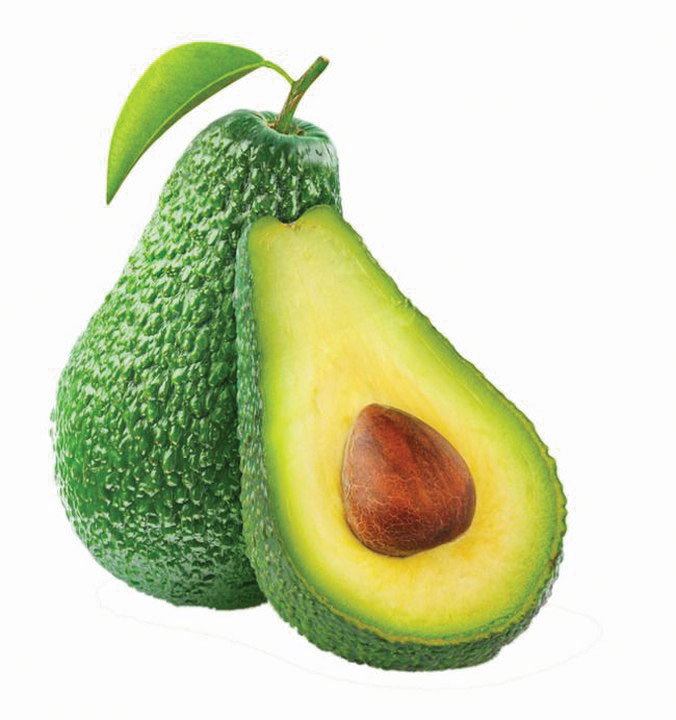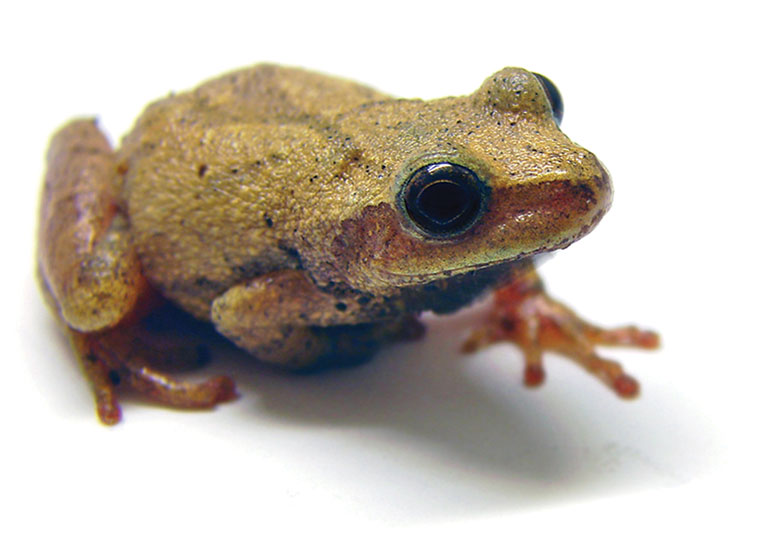

From pits to bioplastic
As consumers fret over the damage plastic is doing to the world’s oceans, scientists are experimenting by converting a myriad of materials—from cactuses to shrimp shells to human waste—into greener plastics. A Mexico-based company, Biofase, is transforming a compound found in avocado pits into bioplastic that can replace 60 percent of the plastic in cutlery. The new biopolymer is even less expensive to produce than regular plastic, removing a key barrier to adoption.


Dogs could help save the world’s citrus
Scientists have trained dogs to sniff out citrus greening, a crop disease that has devastated orchards around the world. According to a report published in the Proceedings of the National Academy of Sciences, the super-sensitive schnoz of the right pup can detect the wildly infectious bacteria weeks to years before it shows up on tree leaves and roots, helping farmers isolate it. Fifteen years ago, the scourge took hold in Florida, slashing the country’s orange juice yields by more than 70 percent. Ever since, researchers have scrambled to contain it. Dog sleuths, the study finds, are also faster, cheaper, and more accurate than other methods of detection.


A sure sign of spring
While Punxsutawney Phil is far from reliable, a seldom-seen frog with a big song rarely misses the mark on the start of spring. Spring peepers (Pseudacris crucifer), measuring about the length of a small paper clip and well camouflaged, are most at home amid loose debris on the forest floor, where they hibernate until the spring thaw. Then, during spring mating season, they let loose with their familiar sleigh bell-like chorus. To make their calls, peepers close their nostrils and mouths and squeeze their lungs, which causes the vocal sac in their throats to inflate like a balloon. The peeping sound happens as air leaves the lungs and passes over the vocal cords and into the vocal sac.


Spending time outside is good for you
A study of 20,000 people, published in peer-reviewed Scientific Reports, found that those who spent two hours a week in green spaces—local parks or other natural environments, either all at once or spaced over several visits—were substantially more likely to report good health and psychological well-being than those who did not.


Guerrilla Girls, You’re seeing less than half the picture, 1989, Alan D. and Marsha W. Bramowitz Contemporary Print Acquisition Fund © Guerrilla Girls
At art museums, the future may not be female
From 2008 to 2018, only 11 percent of all work acquired by the country’s top art museums was created by women. A joint investigation by Artnet News and In Other Words found that, contrary to public posturing in the museum world, acquisitions of artworks by women peaked in 2009 and have remained largely stagnant since. Factors driving the imbalance, they found, include acquisition committees’ emphasis on name recognition, donor biases, and male artists’ longstanding dominance in art history.
Receive more stories in your email
Sign upTags:
Where Art & Science Meet